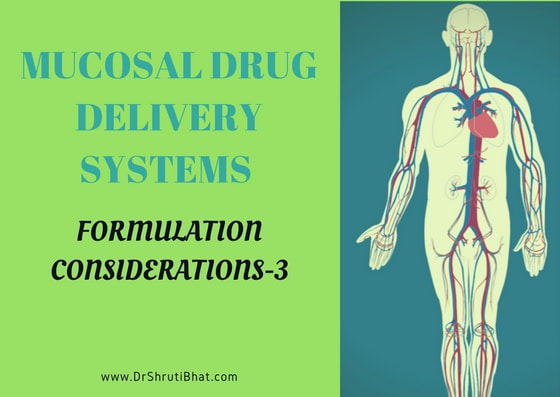Several test methods have been reported for studying mucoadhesives. These tests are necessary not only to screen a large number of candidate mucoadhesives, but also to study their mechanisms. These tests are also important during the design and development of a bioadhesive modified release system as they ensure compatibility, physical and mechanical stability, surface analysis and bioadhesive bond strength. The test methods can broadly be classified into two major categories:
- Measurement of tensile strength
- Measurement of shear strength
- Adhesion weight method
- Fluorescent probe method
- Flow channel method
- Spectroscopic method
- Falling liquid film method
- Colloidal gold staining method
- Viscometric method
- Thumb test.
- Adhesion number evaluation
- Electrical conductance
2. In vivo methods:
In vivo techniques for measuring bioadhesive strength are relatively few. Some of the reported methods are based on the measurement of the residence time of bioadhesives at the application site. The gastrointestinal transit time of many bioadhesives have been examined using radioisotopes.
Bio/ Muco adhesive polymers:
Polymers that adhere to the mucin- epithelial surface can be conveniently divide into three broad categories:
1. Polymers that become sticky when placed in water and owe their bioadhesion to stickiness.
2. Polymers that adhere through non-specific, noncovalent interactions, which are primarily electrostatic in nature.
3. Polymers that bind to specific receptor sites on the cell surface.
All three-polymer types can be used for drug delivery.
Characteristics of an ideal mucoadhesive polymer:
The ideal polymer for a mucoadhesive drug delivery system should have the following characteristics:
1. The polymer and its degradation products should be nontoxic and nonabsorbable from the gi tract.
2. The polymers should be nonirritant to the mucous membrane.
3. It should preferably form a strong noncovalent bond with the mucin- epithelial cell surface.
4. It should adhere quickly to moist tissue and should possess some site specificity.
5. It should allow easy incorporation of the drug and offer no hindrance to its release.
6. The polymer must not decompose on storage or during the shelf life of the dosage form.
7. The cost of the polymer should not be high, so that the prepared dosage form remains competitive.
Several polymers viz. carbomers, celluloses e.g. sodium carboxy methyl cellulose, hydroxy propyl methyl cellulose, hydroxy propyl cellulose, hydroxy ethyl cellulose etc., guar gum, sodium alginate, polycarbophils etc. are being studied as potential mucoadhesive agents.





















